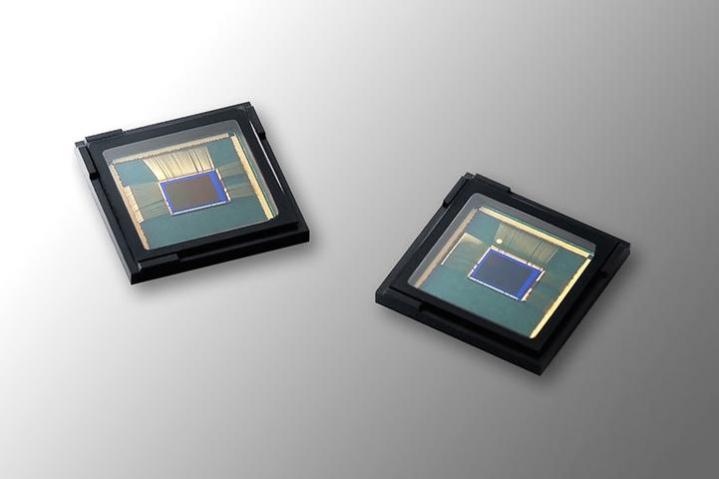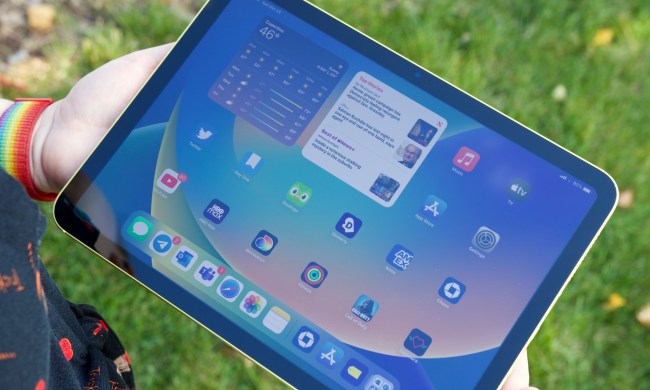
Several things. First is the reduction in µm-pixel size means the module itself is 20-percent shorter than other versions, and can fit in a gap that’s less than 5mm in height. That means thinner phones. Samsung promises that despite the smaller pixel size, the image quality remains the same, thanks in part to its proprietary Isocell technology that produces bright colors, reduces crosstalk, and works well in low-light.
What’s Samsung doing with the sensor? The timing of its announcement comes just a day after the company sent out invitations to an Unpacked launch event on August 13, where we’re expecting to see the Galaxy Note 5 and the Galaxy S6 Edge Plus. While it could be a coincidence, there’s every chance the new sensor could be fitted inside one or both these devices.
What’s more, because the sensor is lower in height than before, the camera lens may sit more flush with the body, unlike the one on the Galaxy S6. Exactly how flush will depend on the thickness of the phone, but the recently announced Galaxy A8 could give us some visual clues. It’s believed the China-only A8 is the first to use Samsung’s new 16-megapixel lens, which has helped make the ultra-slim 5.9mm device possible.
Samsung hasn’t confirmed which of its own devices will use the sensor, but it has stated the module will be available for other manufacturers to build into their own phones from today.



